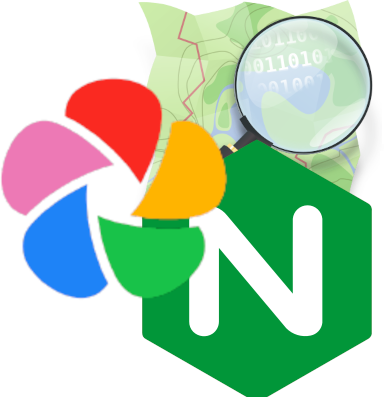What’s up with this website popping in my feed for the 6th time in less than a week ?
Edit : nevermind, after digging the website for a grand total of 5 seconds, it appears to be an advertising website for Ente (which has a paid plan besides being self hostable). That’s shitty marketing from them if you ask me

Thank you for the link. I’ve seen it posted a few days ago.
The caching proxy for this tutorial should easily work with any tile server, including self-hosted. However, I’m not sure what the benefits would be if you are already self-hosting a tile server.
Lastly, the self-hosting documentation for OpenFreeMap mentions a 300GB of storage + 4GB of RAM requirement just for serving the tiles, which is still more than I can spare

There have been some changes in a few recent releases related to the concerns I raised :
- the default tile provider is now hosted by the Immich’s team using protomaps (still uses vloudflare though)
- a new onboarding step providing the option to disable the map feature and clarifying the implications of leaving it enabled has been added
- the documentation has been updated to clarify how to change the map provider, and includes this guide as a community guide

I don’t game that much on pc anymore, but this reminded me of this post about Linux gamers providing good bug reports.

I’m pretty sure you can’t run the offline MS office on a Linux computer, even with the recent breakthroughs in the wine/proton area.
While the online in-browser 365 worked fine for me, I’ve found it quite limited. LibreOffice has some compatibility issues documents going back and forth between it and Ms Office.
I usually don’t use any “* Office”, but when I must, one software that works quite well for me is OnlyOffice

From a quick search on my instance, I could find 3 posts that are still up, and I could also find specific comments I remembered from a post that got removed since.
That’s at least 4 occurrences on Lemmy alone
I did not criticize people sharing it here, but rather Ente themselves for making vague fear-mongering claims for viral marketing purposes